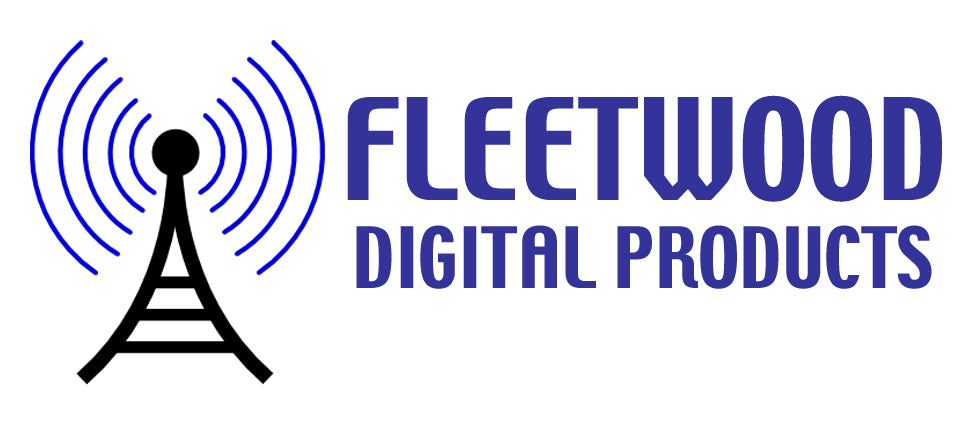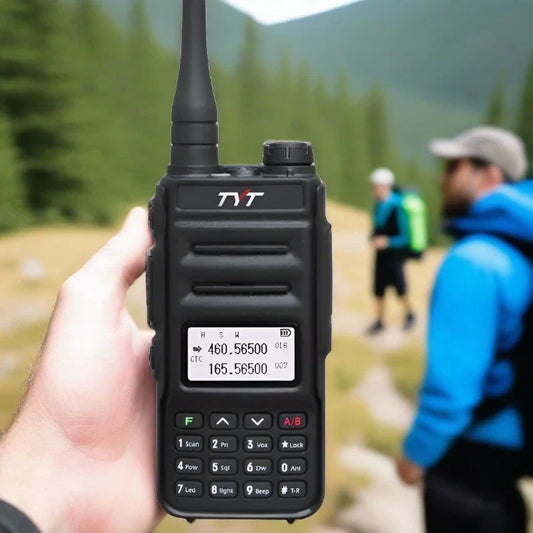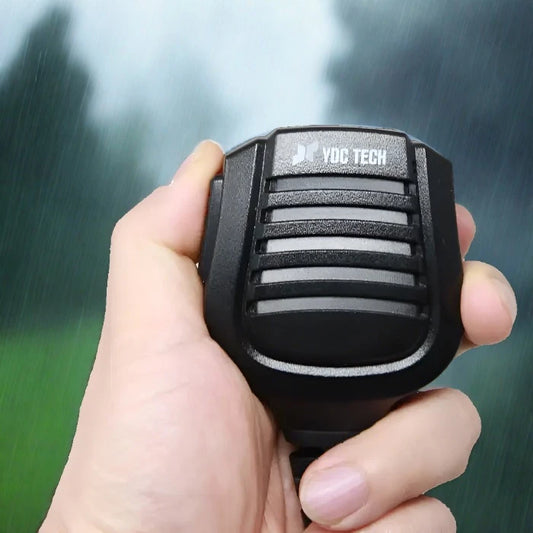Amateur ham and CB radio antennas have to be connected to your radio transceiver in order to receive and transmit signals from the airwaves. It is crucial to have a good coax cable connecting them, but for many of us, picking the right cable can be confusing as there are so many of them.
The most common and cost-efficient type of antenna coax is RG58 and RG59, which offer an excellent balance between price and performance. They provide an outstanding signal transfer and in comparison to larger and more expensive cables, they fit most of our needs.
There are times when the highest performance is desired. LMR400 or RG213 cabling types are ideal in that situation. With its good shielding, low loss, and flexibility, LMR400 is widely used by more experienced operators. On the other hand, RG-213 cables provide a greater bandwidth and less attenuation with its thick layer of insulation and smoother inner conductor surface.
For those who need the top performance and those unwilling to compromise on their setup, the ultimate cable – the RG214 made by Belden – provides an unrivalled combination of low loss and great conductivity. With its braided armor and solid-core center conductor, this cable sets a new standard for the coaxial cable experience. The only downside for some may be the cost; however, for superior performance, it’s often worth the price.
In conclusion, no matter which type of cable you choose, it’s important to ensure you’re connecting your transceiver and antenna correctly, so you get the best results. In amateur ham radio and CB radio, having the right coax cable can make a huge difference.









